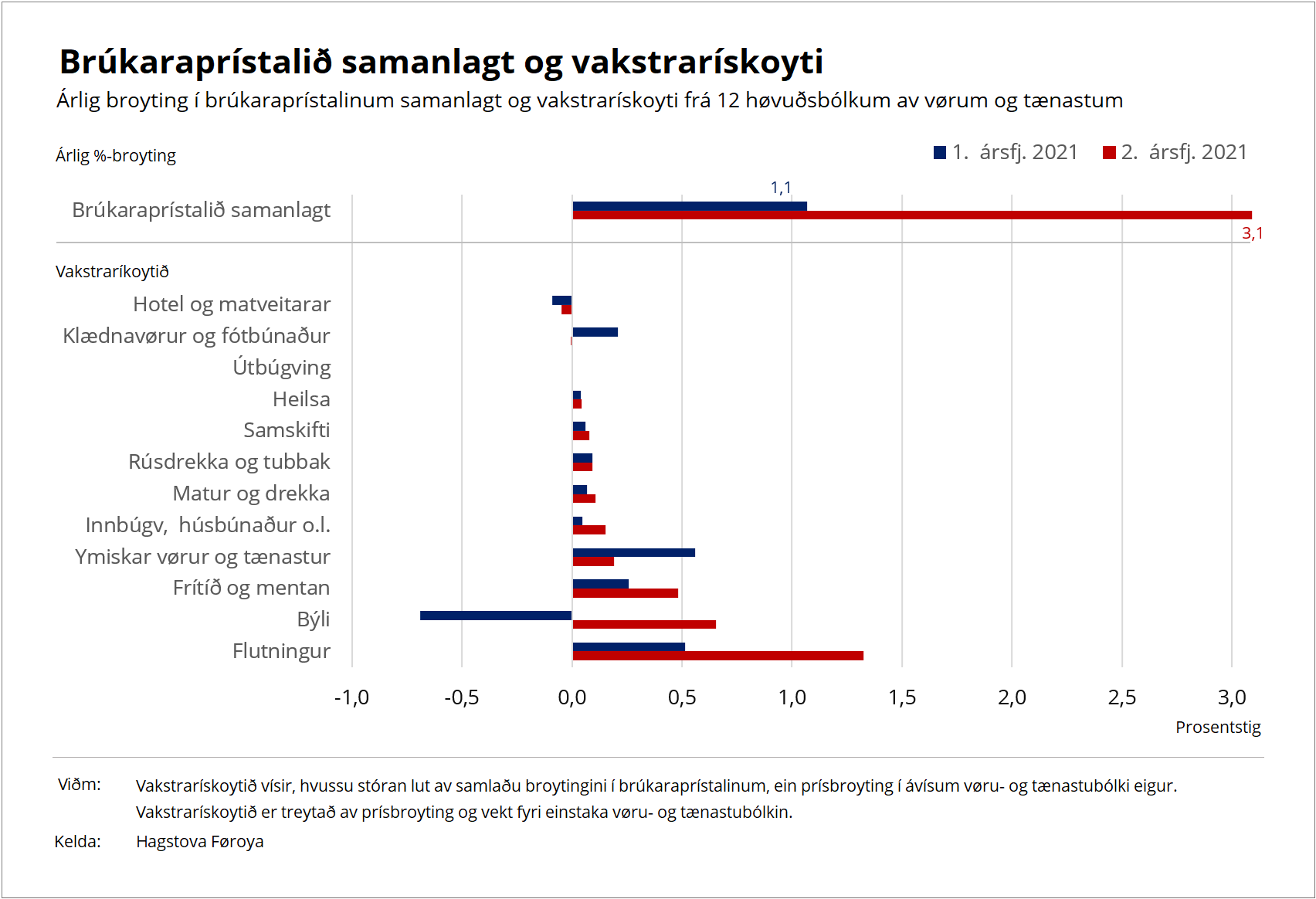Consumer price index
15. Jul 2021
Average consumer prices up 3.1% from a year ago
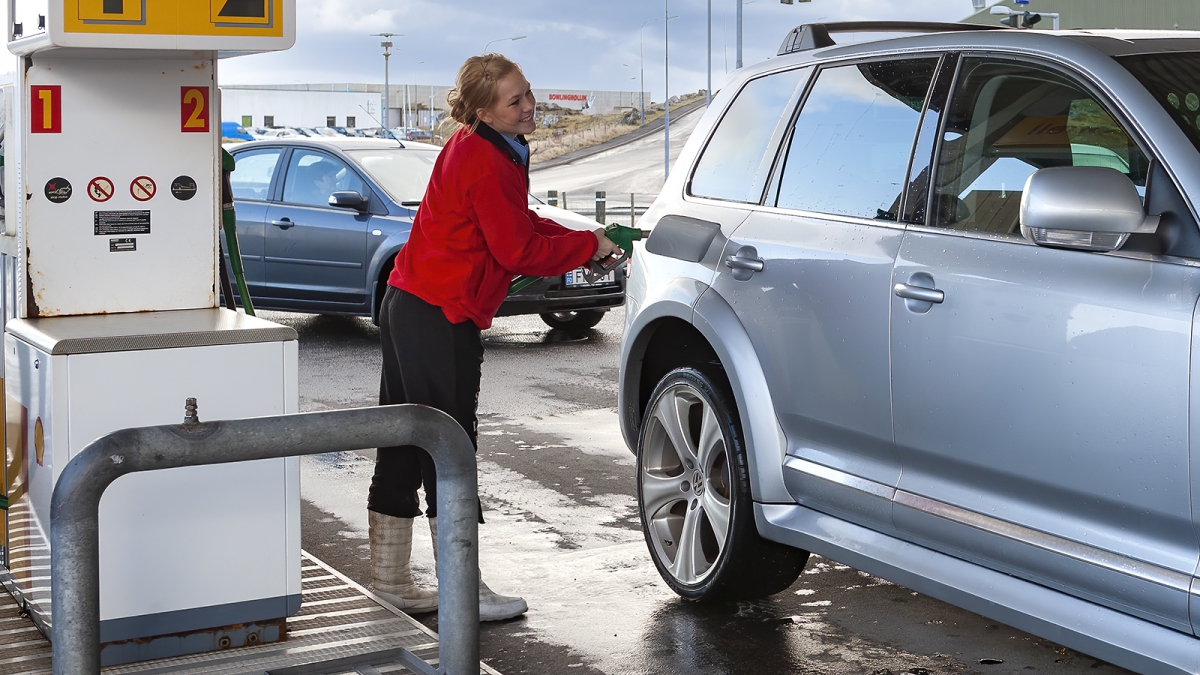
The Consumer Price Index (CPI) consists of 12 main categories of goods and services. The effect that each category has on the overall price index is weighted according to consumption levels.
For about three years prior to the pandemic, the annual changes in the overall CPI in the Faroe Islands and throughout most of Europe were between 1% and 2%. The pandemic led to a relatively large reduction in the annual change in the total CPI, but this figure has now surpassed 3%.
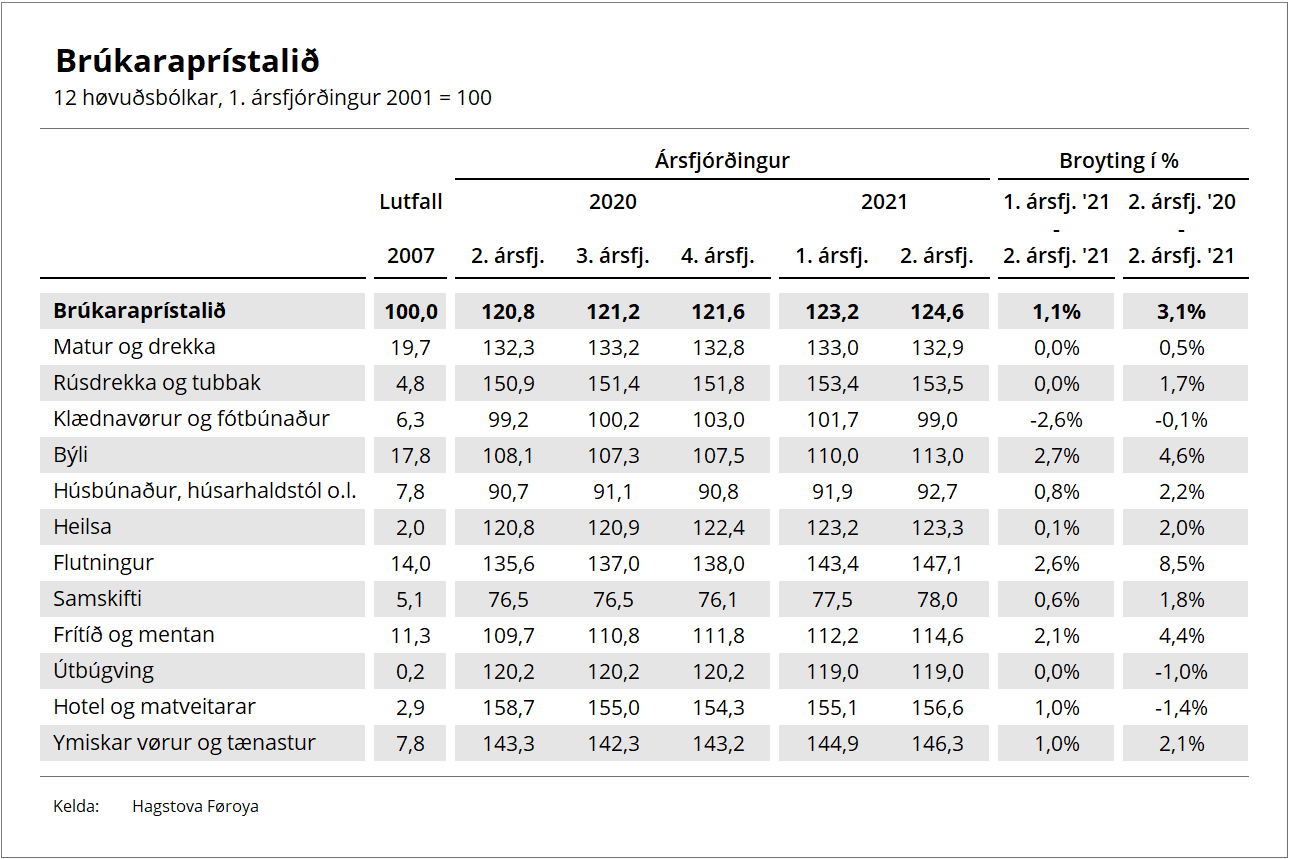
Prices in the ’hotels and restaurants’ and ‘education’ commodity groups dropped in the past year, while ‘clothing and footwear’ prices remain largely unchanged. Prices in the other main commodity groups have gone up.
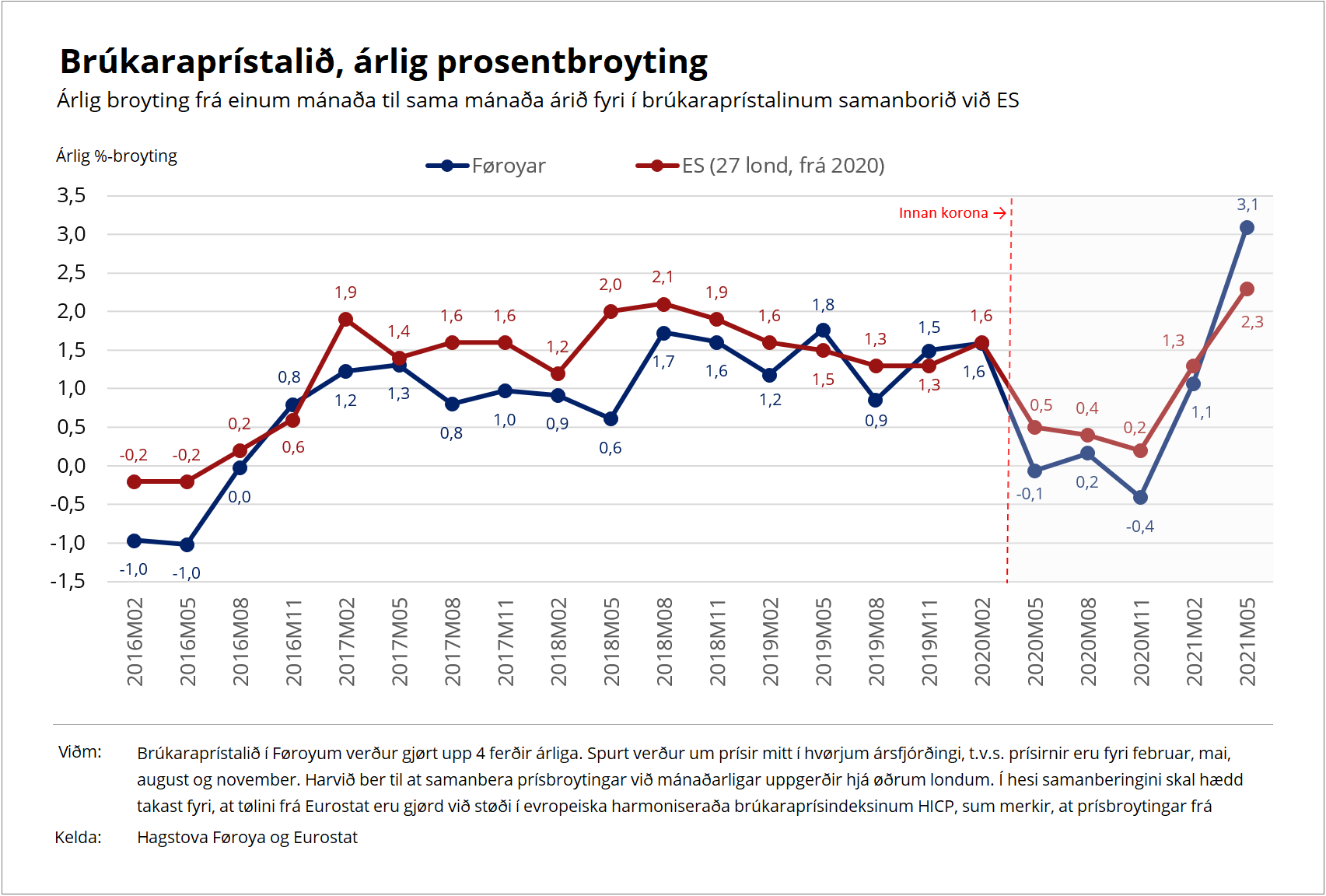
Representing a significant portion of the total spending of an average Faroese household, liquid fuel has a relatively large effect on the total CPI. The international drop in oil prices was the key reason for the relative reduction in the annual CPI growth during the pandemic. The relatively big increase in liquid fuel prices from Q1 2021 to Q2 2021 is one of the key reasons for the overall CPI increase.
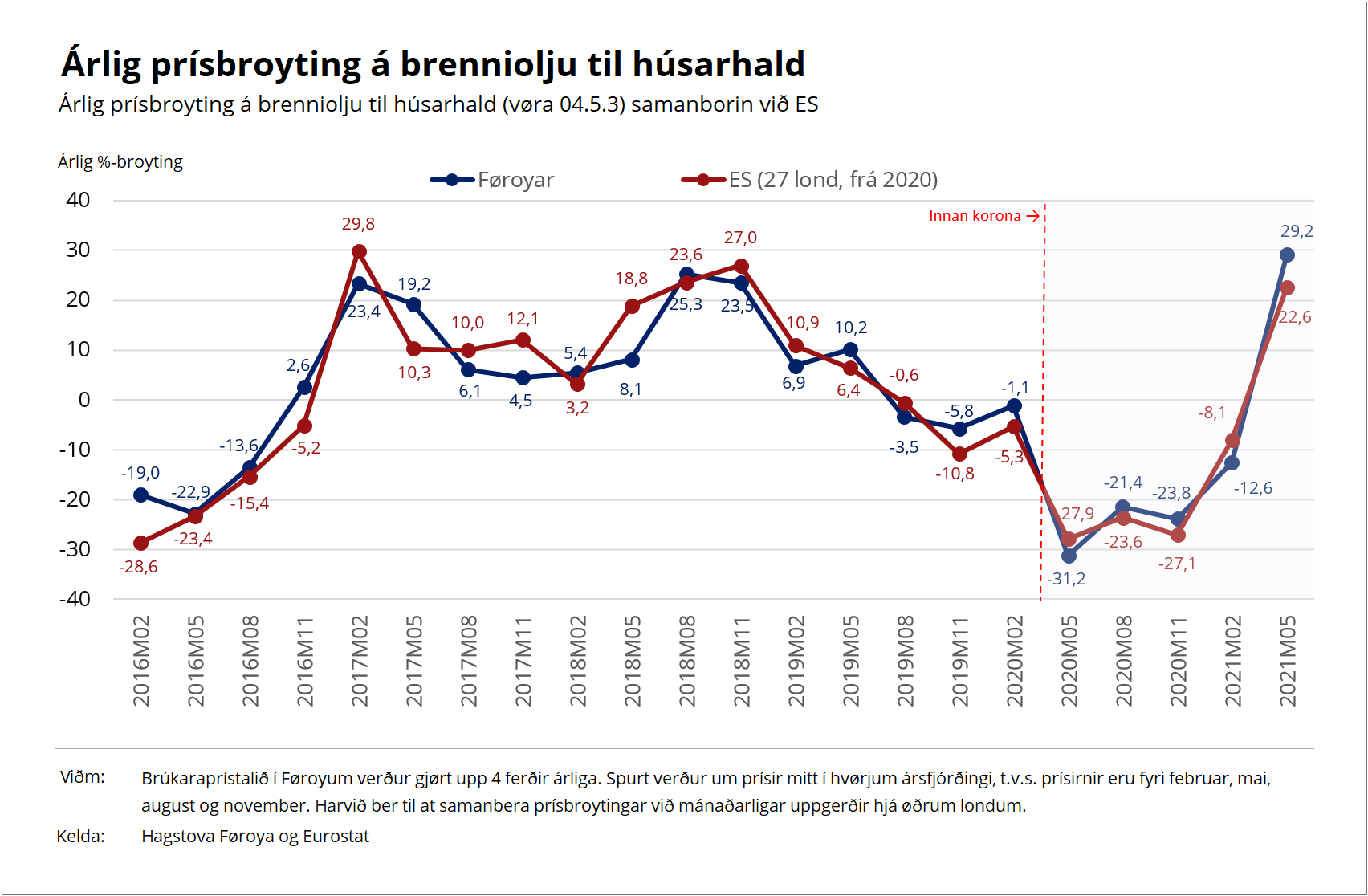
Another key reason for the overall CPI increase is the price of vehicles, which saw an average increase of 12% in the past year.
The graph below shows the effect of price changes in each of the 12 commodity groups on the total CPI when taking into account the relative importance of the goods and services as measured in relation to the total consumption of households. ‘Vehicles’ and ‘fuel for vehicles’ form part of the ‘transport’ commodity group, and ‘fuel for household consumption’ form part of the ‘housing, electricity and heating’ commodity group. The graph shows the relatively large contribution (2%) that these two commodity groups have made on the overall CPI increase of 3.1%.
